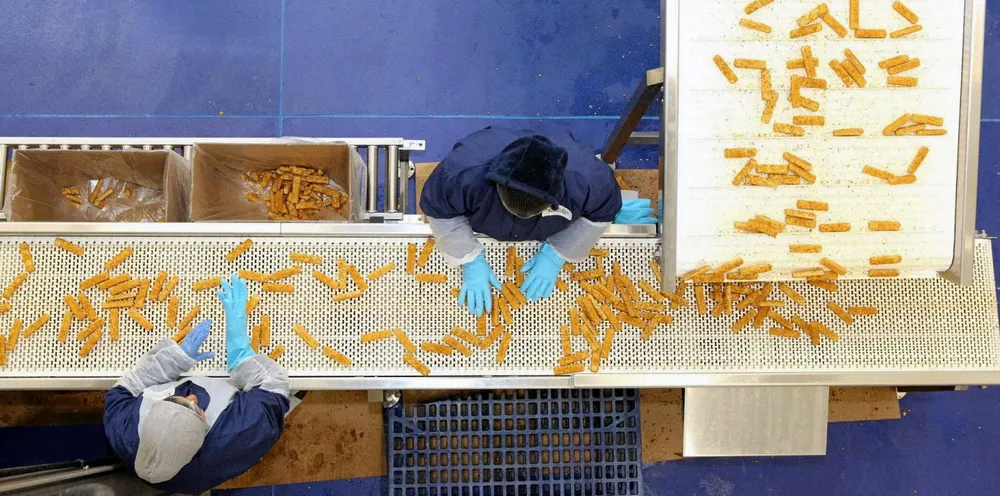'No one has additional inventories': Processor stung by American Seafoods backlog can't fill USDA pollock contracts
'Until American Seafoods is able to figure out how to ship the product down, we’re kind of in waiting mode. We're sitting, waiting hoping the ruling goes in favor of American.'
